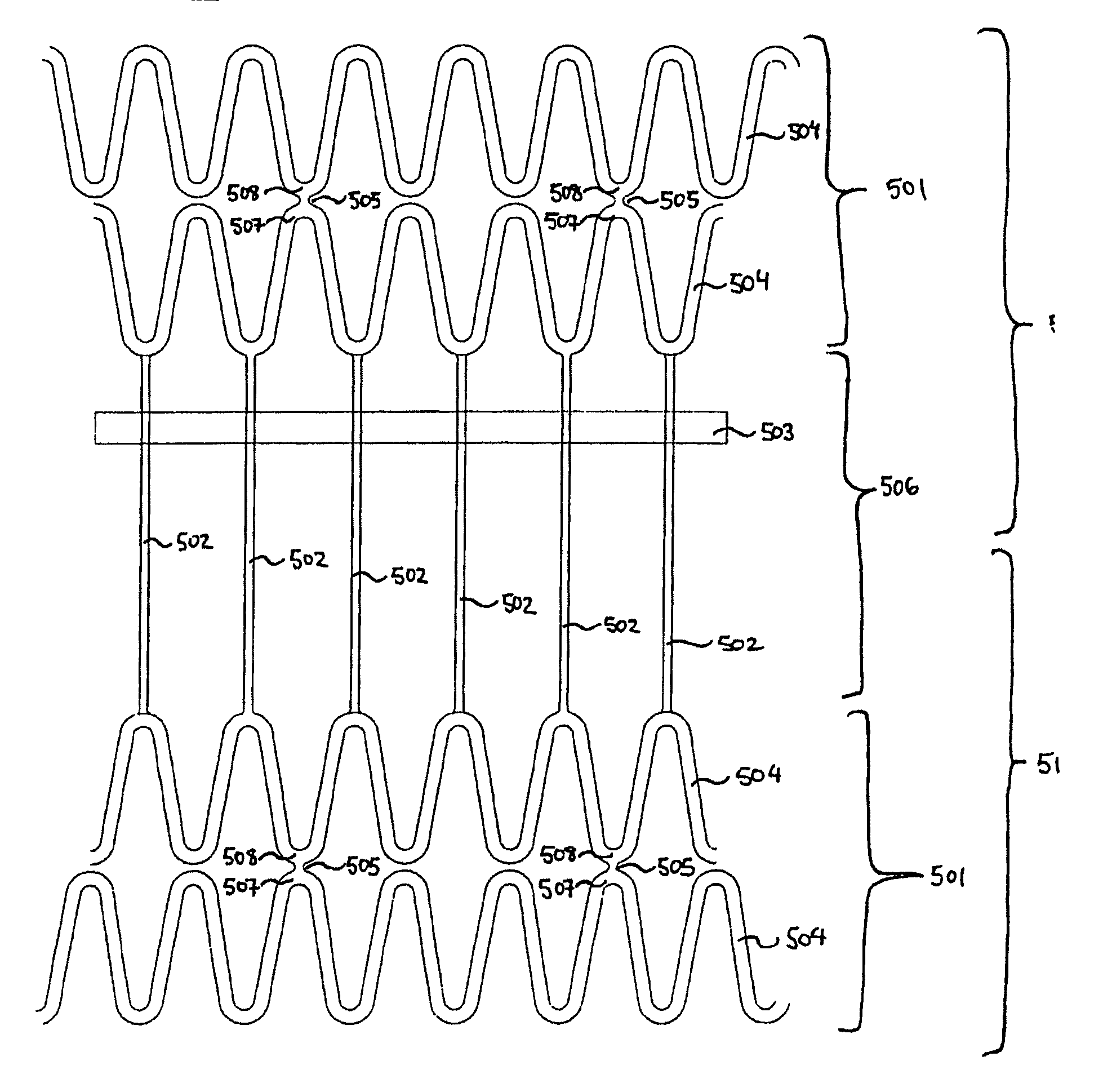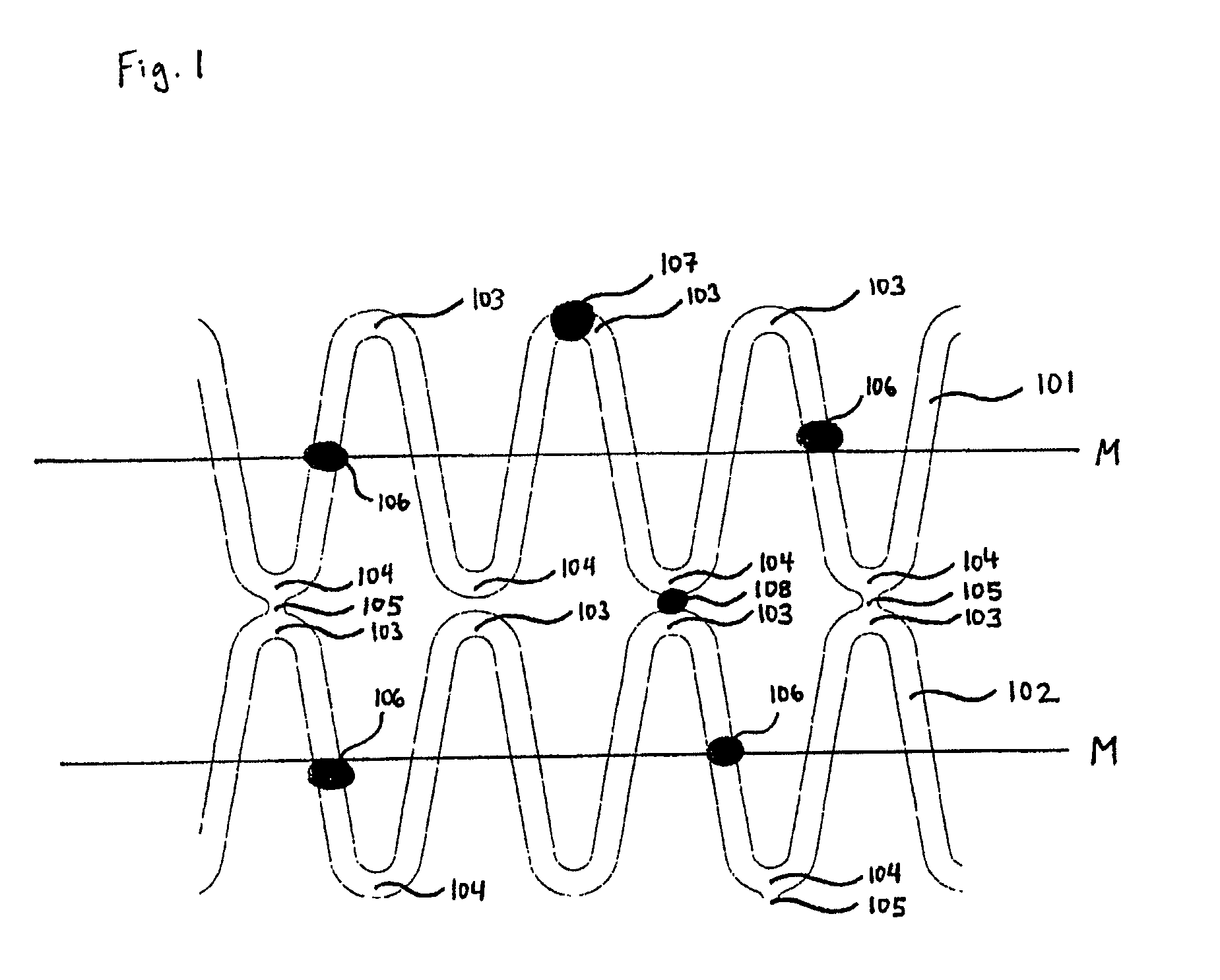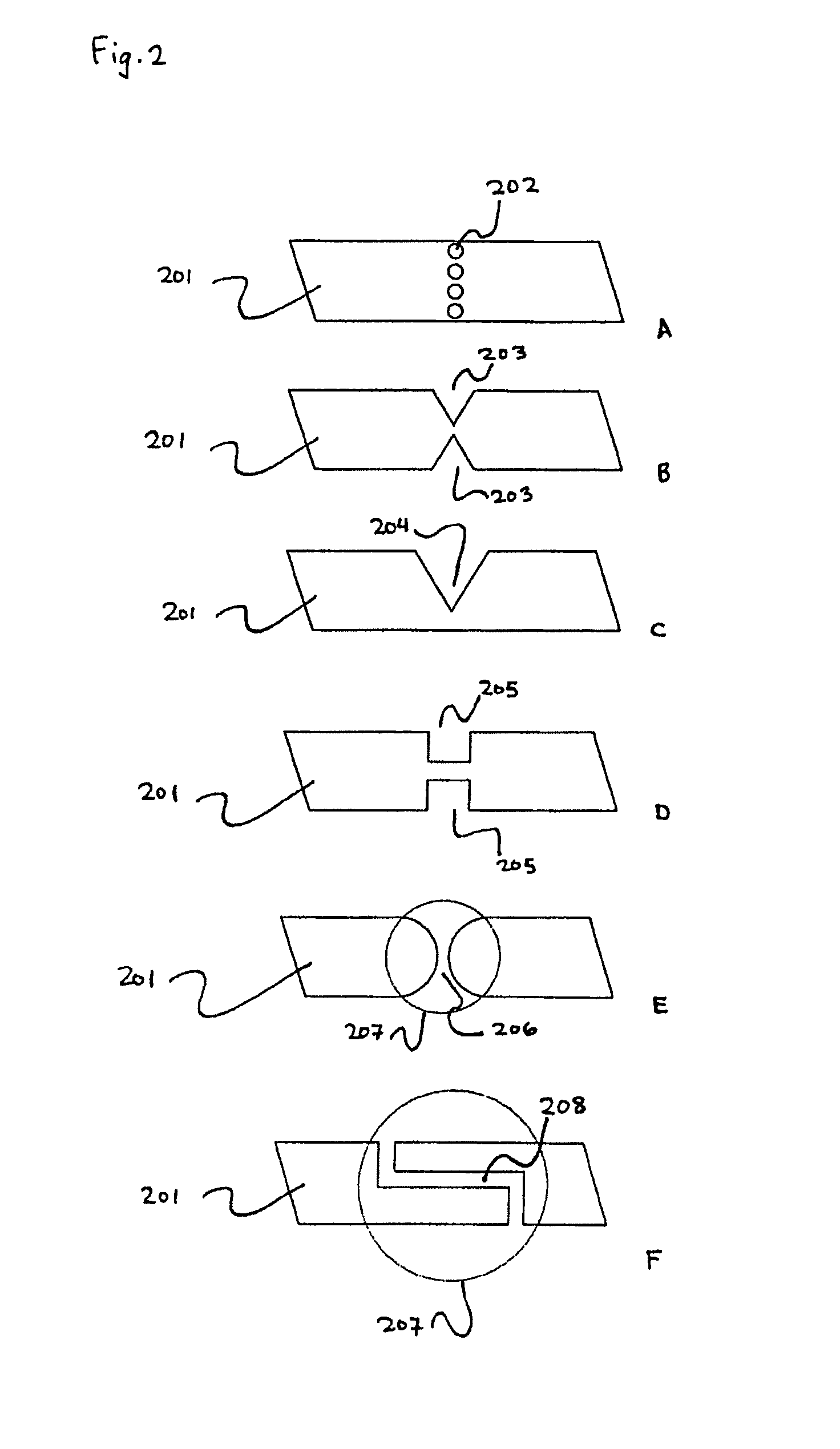Tubular supporting prosthesis with a heart valve, in particular for aortic valve replacement
a technology of supporting prostheses and heart valves, which is applied in the field of tubular supporting prostheses with heart valves, in particular for aortic valve replacement, can solve the problems of valves being ripped or crushed, /or being caught in the supporting prosthesis, and achieving the effects of promoting the growth capability of the supporting prosthesis, reducing the risk of te valve tearing, and reducing the risk of tearing
- Summary
- Abstract
- Description
- Claims
- Application Information
AI Technical Summary
Benefits of technology
Problems solved by technology
Method used
Image
Examples
example 1
Manufacture of a Supporting Prosthesis Carrying a Valve
[0074]In general, the production of a supporting prosthesis capable of growth includes the following method steps:[0075]1. Cutting with a laser[0076]2. Electro-polishing[0077]3. Checking / cleaning
[0078]The supporting prosthesis is manufactured from highly precise material (e.g. 316L, L605, or nitinol) using a solid state laser. In order to freely design the supporting prosthesis, one strives for a method which allows user-defined cutting guidance on a tube. A laser fulfils these requirements in conjunction with a coordinate table, a round axis and a specially manufactured tube guider which precisely guides the tube in the required degrees of freedom under the laser cutting head. The supporting prosthesis structure and the predetermined breaking points, which are in this case mechanical (as for example depicted in FIG. 2) are cut into the tube in a one-step process. The middle part of the supporting prothes...
PUM
 Login to View More
Login to View More Abstract
Description
Claims
Application Information
 Login to View More
Login to View More - R&D
- Intellectual Property
- Life Sciences
- Materials
- Tech Scout
- Unparalleled Data Quality
- Higher Quality Content
- 60% Fewer Hallucinations
Browse by: Latest US Patents, China's latest patents, Technical Efficacy Thesaurus, Application Domain, Technology Topic, Popular Technical Reports.
© 2025 PatSnap. All rights reserved.Legal|Privacy policy|Modern Slavery Act Transparency Statement|Sitemap|About US| Contact US: help@patsnap.com



